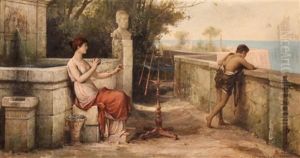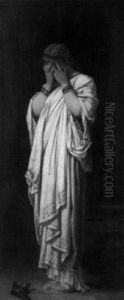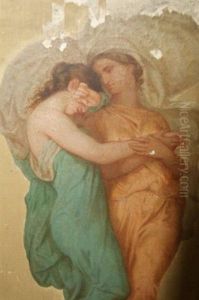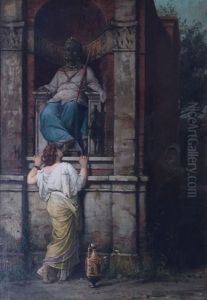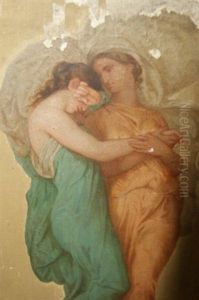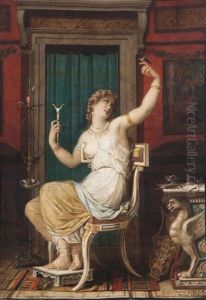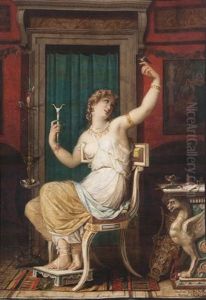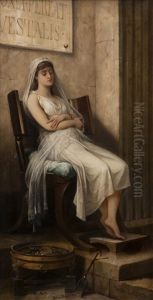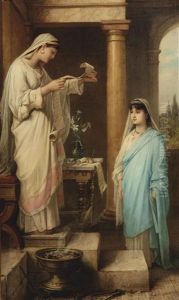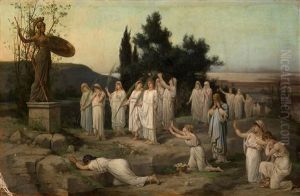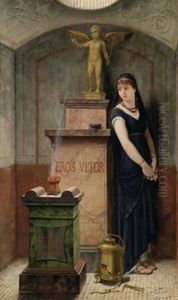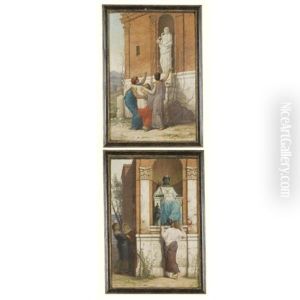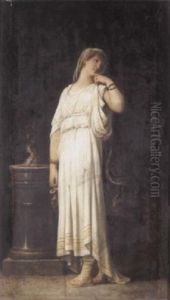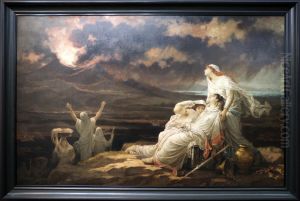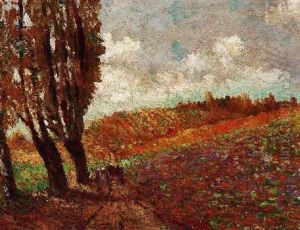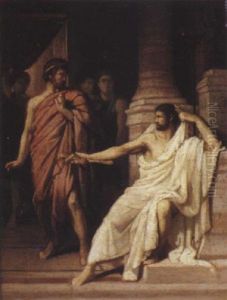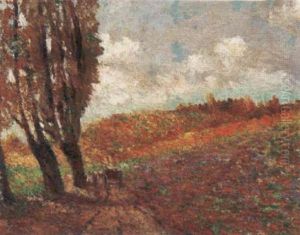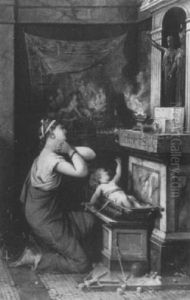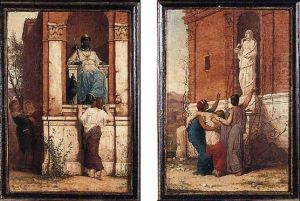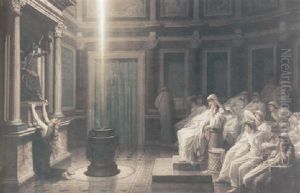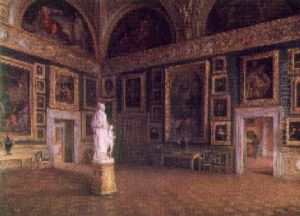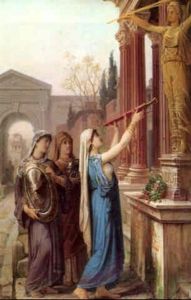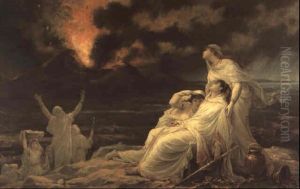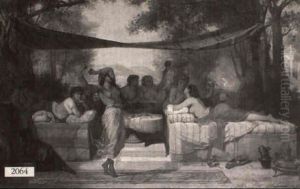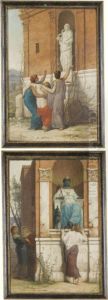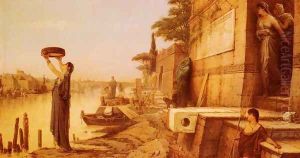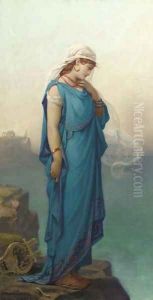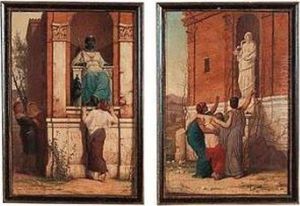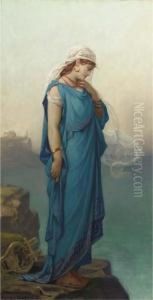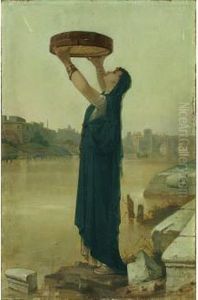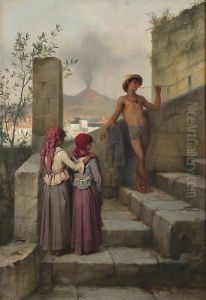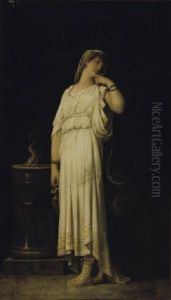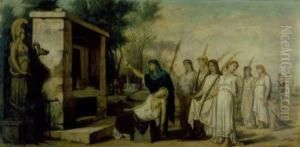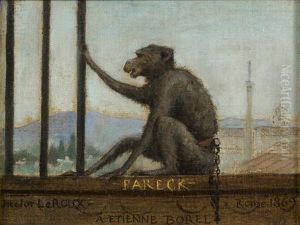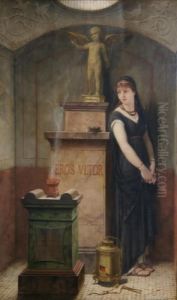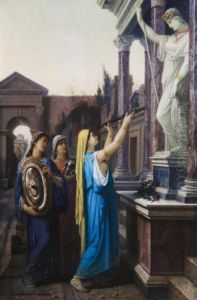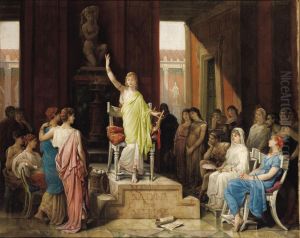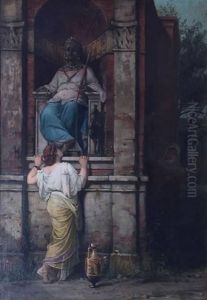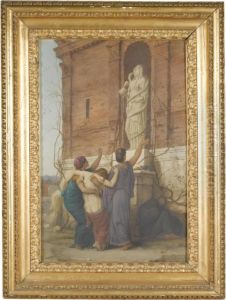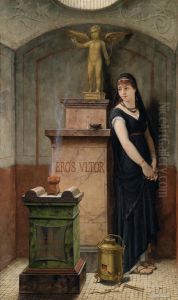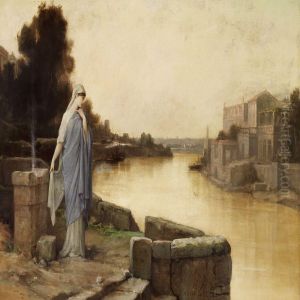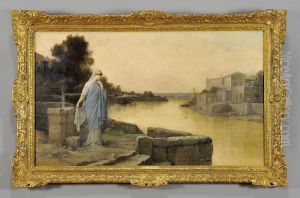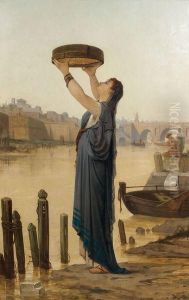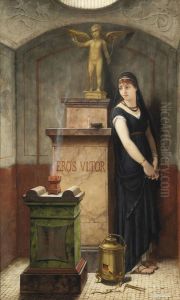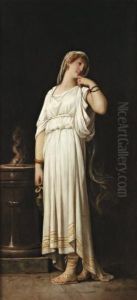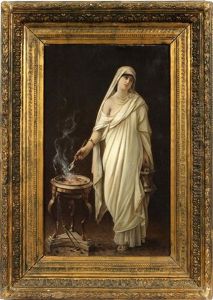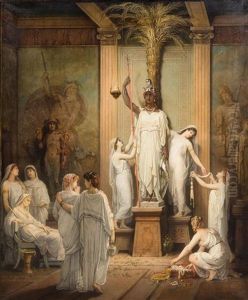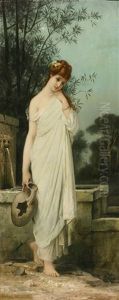Louis Hector Leroux Paintings
Louis Hector Leroux was a French academic painter born on December 27, 1829, in Verdun, France. He studied at the École des Beaux-Arts in Paris and was a pupil of Léon Cogniet, a renowned history and portrait painter of the time. Leroux was a part of the French academic art movement, which placed a strong emphasis on highly finished paintings that often depicted historical, mythological, or religious themes.
Throughout his career, Leroux exhibited his works at the Paris Salon, the official art exhibition of the Académie des Beaux-Arts in Paris. He received a third-class medal in 1859 and a second-class medal in 1863, which were significant recognitions of his talent by the art establishment of the time.
His style was characterized by its precision, clear composition, and often grandiose subject matter, typical of the academic tradition. Leroux's paintings were well-received for their classical approach, attention to detail, and adherence to the standards of beauty and craftsmanship valued during his era.
One of Leroux's most notable works is 'The Death of Diagoras', which depicts the ancient Greek story of the athlete Diagoras of Rhodes, who died in joy after his sons won at the Olympic Games. This painting exemplifies Leroux's ability to capture emotion and drama within the framework of classical aesthetics.
Leroux's contributions to art were recognized with awards, including the Legion of Honor, France's highest order of merit for military and civil merits, which he received in 1864. Louis Hector Leroux continued to paint and contribute to the French art world until his death on September 11, 1900, in Paris. His works remain a part of the legacy of 19th-century French academic painting and can be found in various museums and collections around the world.
